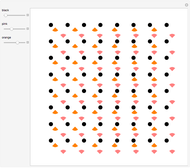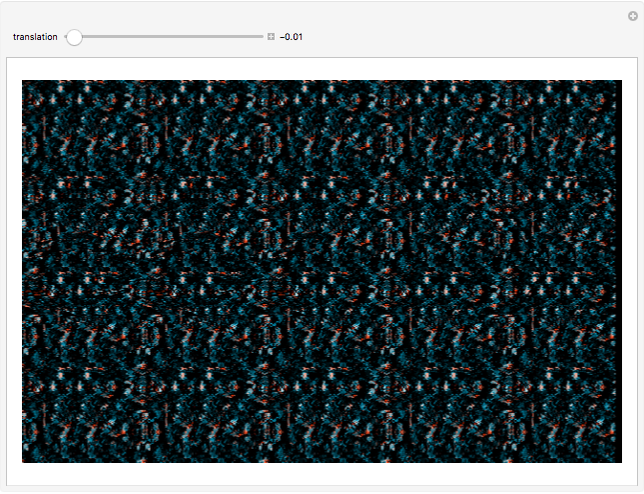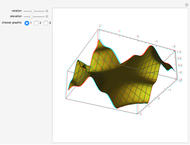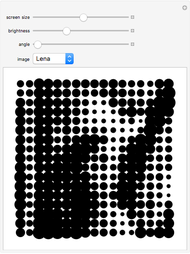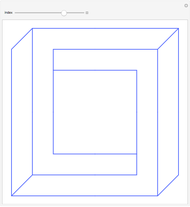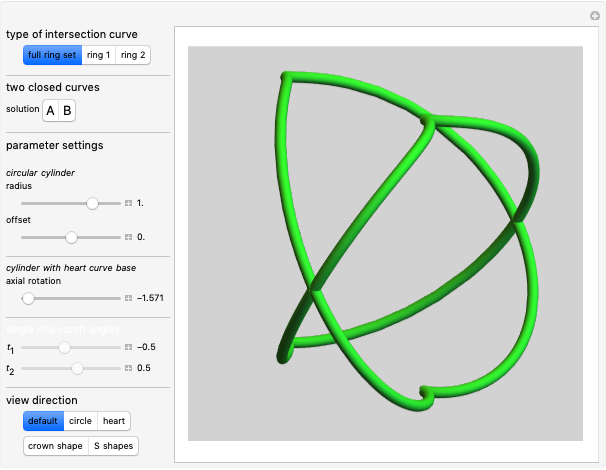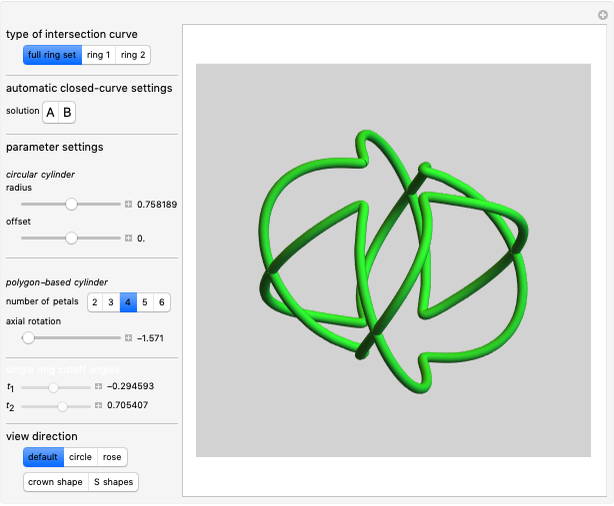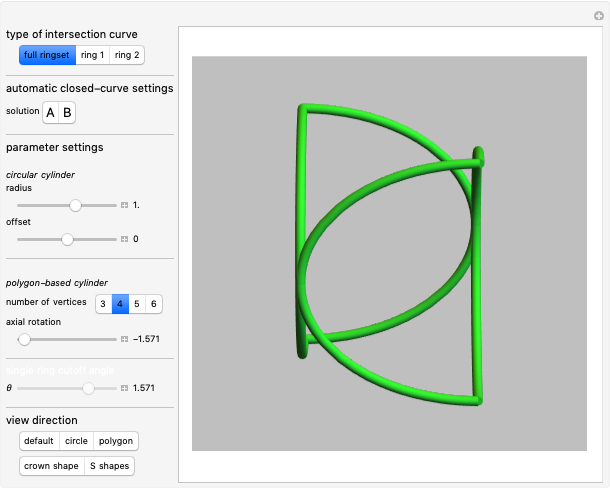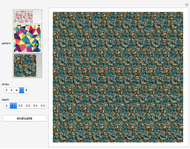Constructing an Autostereogram

Requires a Wolfram Notebook System
Interact on desktop, mobile and cloud with the free Wolfram Player or other Wolfram Language products.
This Demonstration constructs an autostereogram, a single-image stereogram that creates the visual illusion of a 3D image from a 2D image. You can vary the pattern, the number of strips, and the depth factor. The depth factor, a decimal value between 0 and 1, controls the amount of depth perception in the image. To construct a new autostereogram, change the parameters and then click the "evaluate" button.
Contributed by: Vasu Vikram (May 2016)
Open content licensed under CC BY-NC-SA
Snapshots
Details
To create this image, a depth map of the hidden 3D image (a torus) was first made using Region3DPlot and color effects. Then, pixels were computed from a pattern strip (specified by the user) and the depth map to create the autostereogram.
References
[1] H. W. Thimbleby, S. Inglis, and I. H. Witten, "Displaying 3D Images: Algorithms for Single-Image Random-Dot Stereograms," IEEE Computer, 27(10), 1994 pp. 38–48.
[2] Wikipedia. "Autostereogram." (May 2, 2016) en.wikipedia.org/wiki/Autostereogram.
Permanent Citation
"Constructing an Autostereogram"
http://demonstrations.wolfram.com/ConstructingAnAutostereogram/
Wolfram Demonstrations Project
Published: May 3 2016






